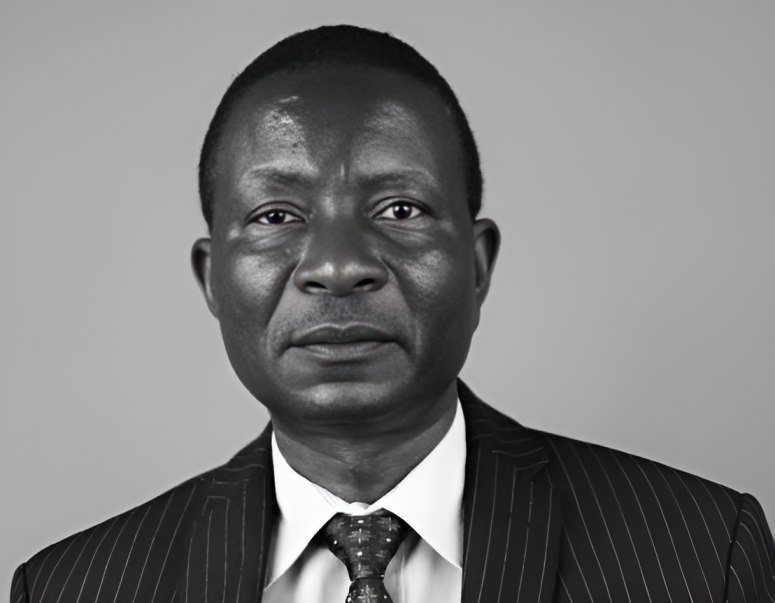Homicide detectives investigating the killing of Kasipul MP Charles Were have recovered three spent cartridges at the scene of the shooting, pointing to a planned and targeted attack.
The cartridges were retrieved on Thursday morning when homicide officers, led by their director, Martin Nyuguto, visited the scene at City Mortuary Roundabout to reconstruct the events that led to the MP’s death.
Police say the evidence will undergo ballistic examination as they build a case against the unknown gunman.
The late MP was gunned down at around 7:40 pm on Wednesday while seated in the front passenger seat of his Toyota Crown, registration KDN 783A.
According to traffic officers and eyewitnesses, his vehicle had stopped at the roundabout to allow traffic flow when two men on a motorcycle approached.
The pillion passenger is said to have disembarked a few steps ahead of the car, walked back, and opened fire at close range through the passenger window.
"Eyewitnesses have indicated that a motorcycle carrying a rider and a pillion passenger stopped alongside the car. The pillion passenger approached the vehicle and fired shots at the passenger side before jumping back onto the motorcycle and speeding away," police spokesman Muchiri Nyaga said.
Police believe the shooting was a well-coordinated hit.
"At this stage, it is too early to provide further detail," Muchiri added.
A senior detective said Were was shot four times in the chest, with one bullet exiting through the back.
"But the postmortem exercise will reveal the exact number of times he was shot," the investigator said.
After the shooting, the attackers sped off towards the Nairobi Central Business District.
The driver of the vehicle quickly made a U-turn and rushed the wounded MP to Nairobi Hospital, where he was pronounced dead on arrival. His bodyguard and driver were not harmed.
The bodyguard, who was seated behind the MP, later told investigators he panicked as the attack unfolded.
He said he saw the gunman’s pistol and was distracted by the gunshots, unable to respond before the killer fled.
CCTV captures critical clues
Facing the roundabout where the shooting occurred is a CCTV camera mounted on a nearby structure.
Detectives are reviewing the footage to trace the moments leading up to and immediately after the shooting.
Investigators have also picked CCTV footage from shops along Wabera Street, where the MP’s car had earlier parked next to an M-Pesa shop.
The recordings reportedly captured a man wearing a hood and carrying a bag, trailing the vehicle and monitoring its movements.
Detectives have since camped along Wabera Street and questioned three individuals Were’s driver, bodyguard, and the M-Pesa attendant.
The probe has also been extended to Kasipul as police explore the possibility of a political motive.
On the day of his death, Were had left Parliament shortly before 7 pm, accompanied by his bodyguard and driver.
His car was seen passing City Hall Way, turning into Wabera Street before heading towards Kenyatta Avenue.
The route then diverted through Ralph Bunche Road and onto Argwings Kodhek Road, before finally joining Valley Road, where the attack took place.
The suspect captured trailing the car earlier is believed to be the same man who was later seen riding pillion on the motorbike moments before the shooting.
He disembarked when the vehicle stopped in traffic, walked around the car, and fired at close range before escaping.
The attack took less than a minute, but it left a sitting MP dead and raised serious questions over the motive behind the killing.
Investigations over the appalling killing continue
